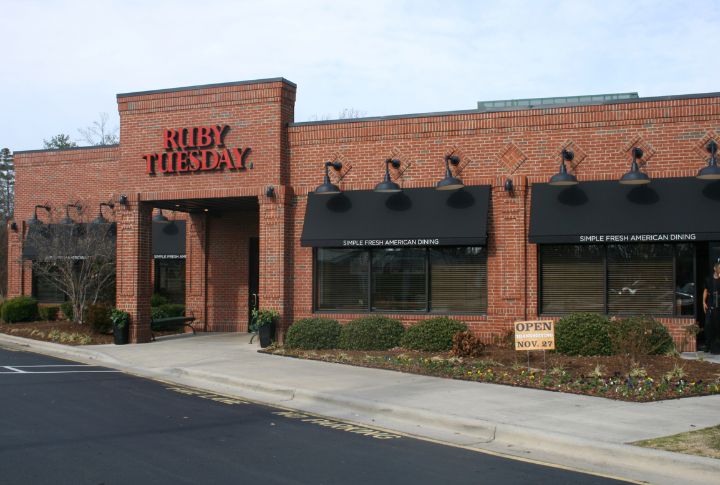
The restaurant industry is as unforgiving as it is constantly evolving. To survive, brands must constantly evolve and refresh their appeal. Unfortunately, some steakhouses that once thrived and captured the spotlight are now fading into history. Explore ten of these once-celebrated names and uncover the challenges that led to their decline.
Sizzler
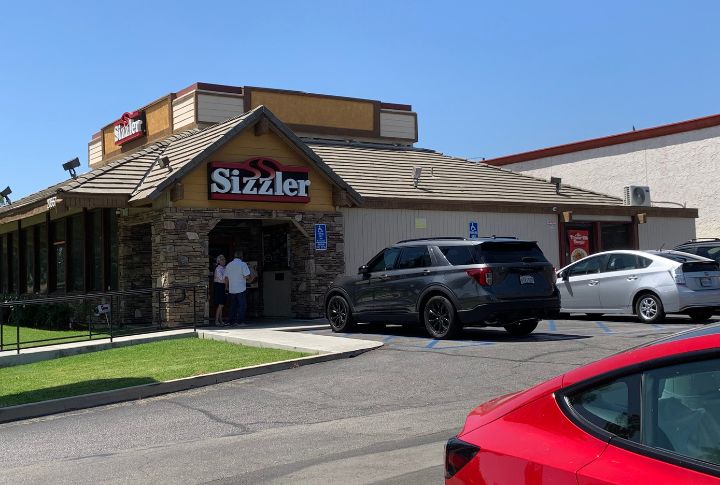
Sizzler was one of the first dining steakhouses in the U.S. During its peak, it operated over 700 outlets worldwide. However, the business struggled to modernize as competitors introduced more innovative menus and sleeker restaurant designs. Financial troubles began in the 1990s, leading to a bankruptcy filing in 1996 and again in 2020.
Outback Steakhouse
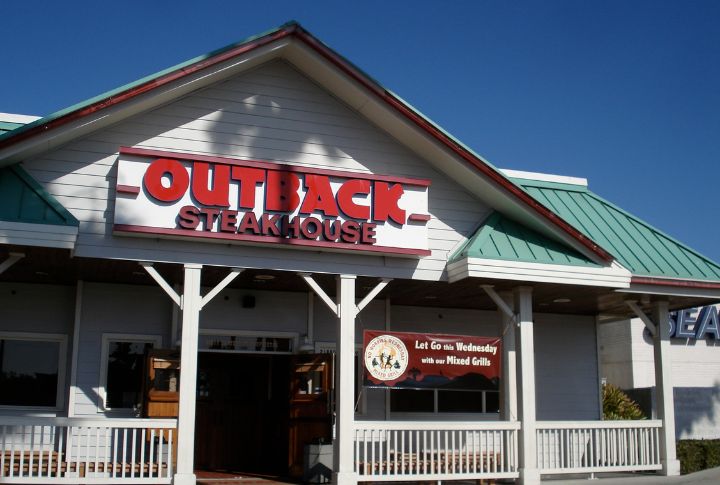
Established in 1988, Outback Steakhouse gained a reputation for its Australian-themed menu. With relentless expansion, the chain hit the 1,000-location milestone across the globe in the early 2000s. Despite its growth, rising operational costs and changing consumer preferences have recently reduced its market share, which put its long-term viability into question.
Lone Star Steakhouse
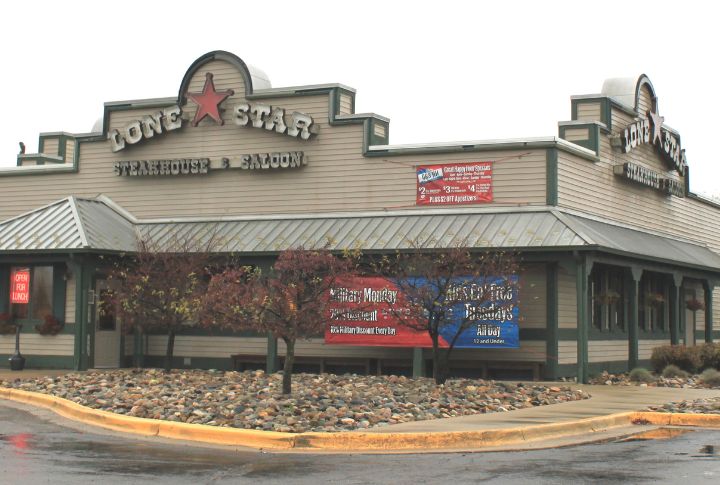
At its peak, Lone Star Steakhouse was a powerhouse with over 250 locations across the country. The chain attracted a loyal customer base during the 1990s and early 2000s, but the restaurant industry’s competitive nature proved challenging. As sales dwindled and expenses climbed, the chain was forced to shutter most of its restaurants.
Ruby Tuesday
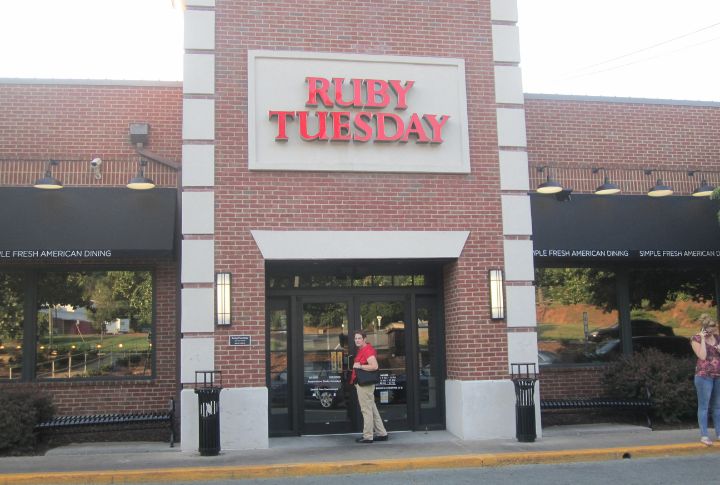
Ruby Tuesday was popular for its casual vibe and a menu that had something for everyone, from juicy steaks to fresh salads. In the span of the 1980s and 1990s, the chain grew to nearly 800 locations around the world. Yet, the company’s inability to keep up with trends led to its fall, ultimately ending in a bankruptcy filing in 2020.
Western Sizzlin’
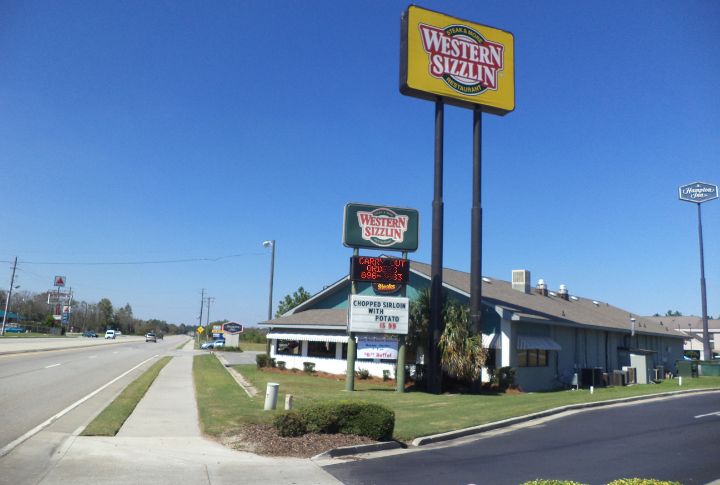
Western Sizzlin’ struggled to stay afloat as competition intensified and operational challenges took their toll. In its prime during the 1960s, it was a favorite for budget-conscious diners for its affordable steak options and buffet setup. Though rooted in tradition, its methods couldn’t change quickly enough to satisfy the market’s evolving demands.
Black Angus Steakhouse
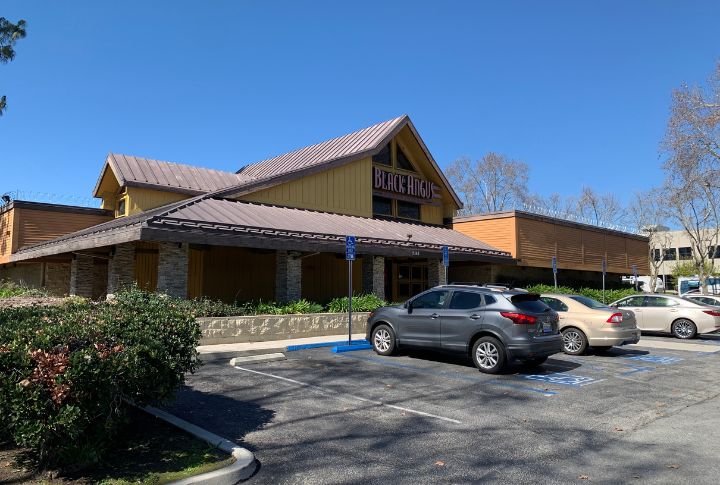
Stuart Anderson established Black Angus Steakhouse in 1964, and it became popular for its Western-themed ambiance. By the late 1990s, it had established a strong brand identity through its memorable campaigns. Black Angus’s misfortunes began in the early 2000s due to mounting debts, and only a few locations remain operational today.
Charlie Brown’s Steakhouse
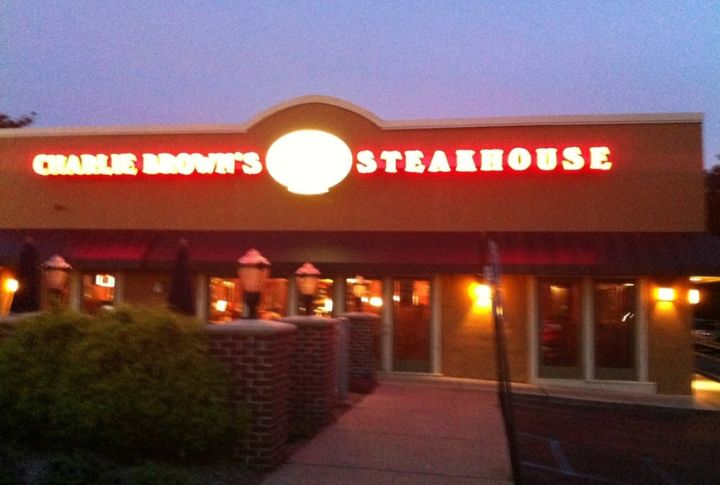
Three New Jersey businessmen founded Charlie Brown’s Steakhouse with the shared goal of providing high-quality meat and a family-friendly experience. The chain expanded rapidly but soon started to lose ground due to changing consumer preferences. Even with a new emphasis on fresh ingredients, attempts to reignite its past success proved unsuccessful.
Ryan’s Steakhouse
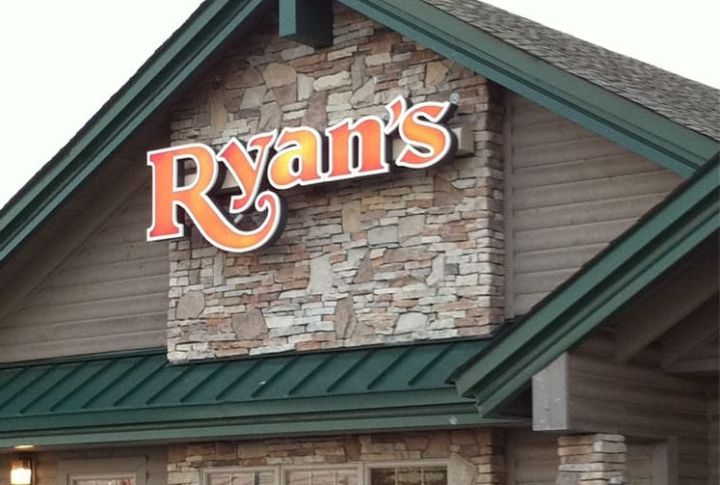
The secret of Ryan’s Steakhouse’s success was its buffet-style dining and innovative concepts like the “Mega Bar.” At the close of the 1990s, the steakhouse had amassed nearly $600 million in annual revenue. However, due to declining revenues in the early 2000s, Ryan’s lost its identity and was later absorbed by Buffets, Inc.
Logan’s Roadhouse
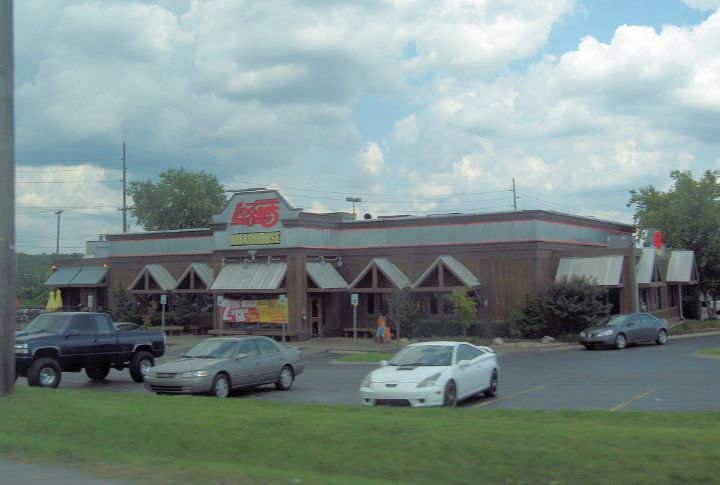
Logan’s Roadhouse, once a favorite for affordable steaks and its roadhouse vibe, filed for bankruptcy in 2020 after years of declining performance and unstable leadership. While it thrived under David Wachtel and Charles McWhorter, reaching $100 million in sales, failure to adapt to market trends sealed its fate.
Bonanza Steakhouse
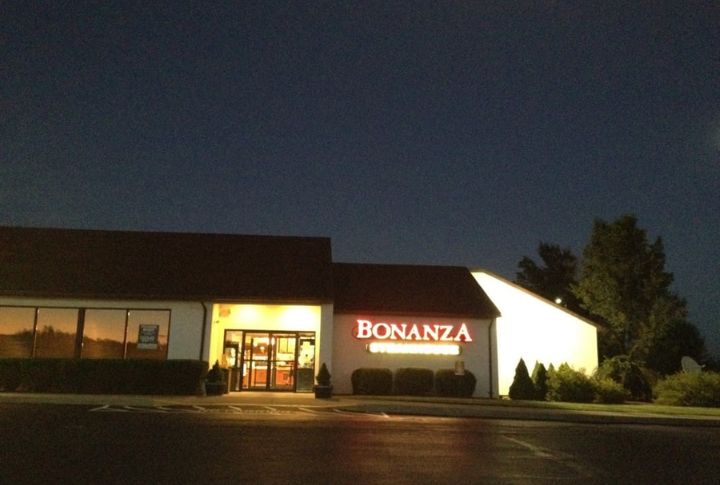
Founded in 1963 by actor Dan Blocker, Bonanza Steakhouse offered affordable meals at its first location in Westport, Connecticut. Its misfortunes can be attributed to rising competition, particularly from Ponderosa Steakhouse. Moreover, a 1989 merger of the two icons only worsened its fate, and only about 64 branches remain active worldwide.
